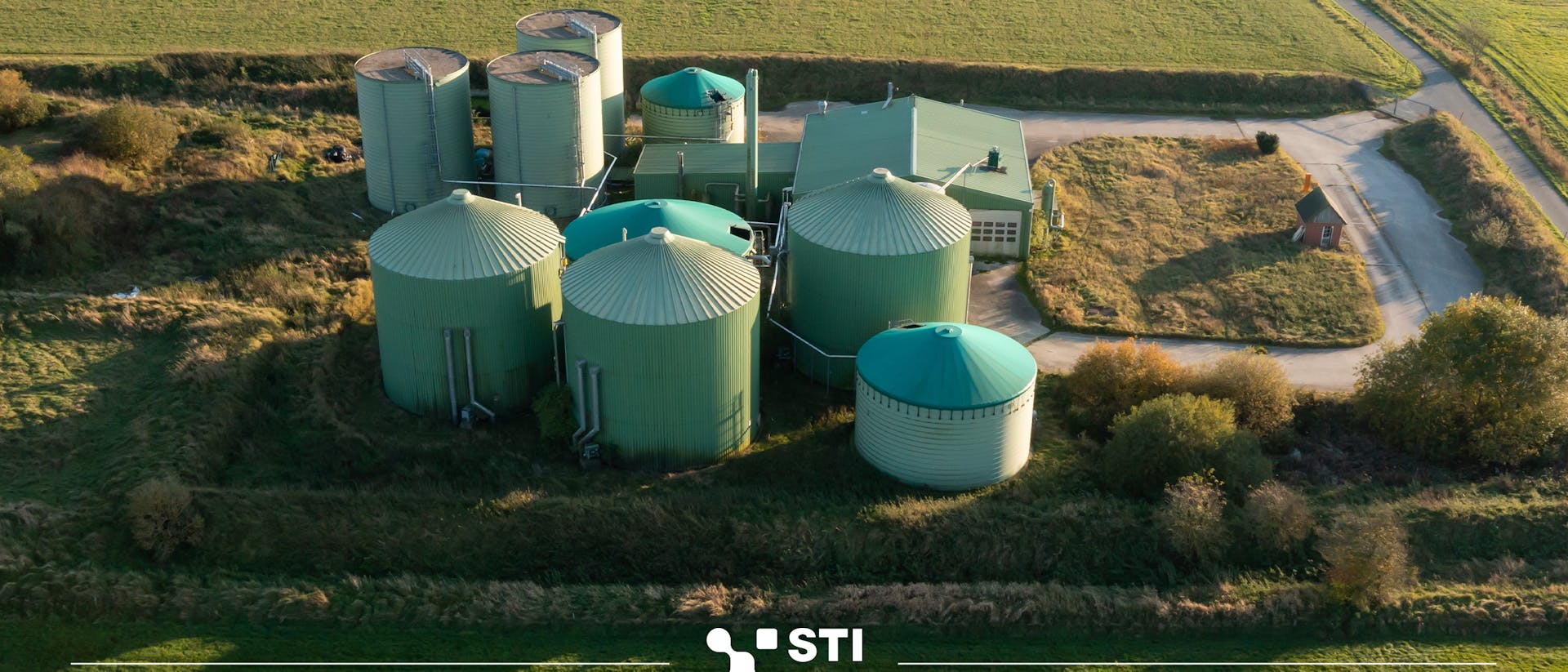
From Waste to Energy: Comparing the Production and Benefits of Biogas and Biomethane
The push towards renewable energy sources has brought biogas and biomethane to the forefront of discussions about sustainable energy. Both biogas and biomethane are derived from organic matter, but they differ significantly in their composition, production processes, and applications. This article explores these differences, highlighting the unique features and advantages of each.
Biogas: Composition and Production
Biogas is a blend of gases, mainly methane (CH4) and carbon dioxide (CO2), generated through the anaerobic digestion of organic matter. This process entails the decomposition of organic materials by naturally occurring microorganisms in settings like biodigesters, landfill sites, and wastewater treatment plants.
Biodigesters: These are airtight systems where organic material diluted in water is decomposed by microorganisms. Before the biogas can be used, contaminants and moisture are typically removed. Biodigesters are versatile, processing a range of feedstocks including crop residues, animal manure, and food waste.
Landfill Gas Recovery Systems: At landfill sites, municipal solid waste (MSW) decomposes anaerobically, producing biogas. This gas can be captured through a network of pipes and extraction wells, which are then directed to a central collection point.
Wastewater Treatment Plants: These facilities can be equipped to extract organic matter from sewage sludge, which is then used to produce biogas in anaerobic digesters.
The methane content in biogas typically varies from 45% to 75% by volume, with the rest being primarily CO2. This variation influences the energy content of biogas, which has a lower heating value (LHV) ranging from 16 to 28 megajoules per cubic meter (MJ/m³). Biogas can be used directly for electricity and heat production or as a cooking fuel.
Biomethane: Purification and Use
Biomethane, also known as renewable natural gas (RNG), is a nearly pure form of methane produced either by upgrading biogas or through the gasification of solid biomass followed by methanation.
Upgrading Biogas: This is the most common method, accounting for about 90% of global biomethane production. Upgrading involves removing CO2 and other contaminants from biogas. Technologies like water scrubbing and membrane separation are prevalent, making up almost 60% of biomethane production globally.
Gasification and Methanation: In this process, woody biomass is broken down at high temperatures (700-800°C) and pressures in a low-oxygen environment, producing a mixture of gases (syngas) composed mainly of carbon monoxide (CO) and hydrogen (H2). This syngas is cleaned to remove acidic and corrosive components before undergoing methanation, where CO and H2 react to form methane. Any remaining CO2 and water are then removed to yield pure biomethane.
Biomethane has an LHV of around 36 MJ/m³, comparable to natural gas, making it suitable for use without modifications to existing natural gas infrastructure or end-user equipment. It can also be utilized in natural gas vehicles, offering a seamless transition to renewable energy sources.
Feedstocks and Environmental Impact
Both biogas and biomethane can be produced from a variety of feedstocks, grouped into four broad categories:
Crop Residues: Includes residues from the harvest of grains, oilseeds, and sugar crops, as well as sequential crops that help maintain soil fertility and prevent erosion.
Animal Manure: Manure from livestock such as cattle, pigs, poultry, and sheep.
Organic Fraction of MSW: Food and green waste, paper, cardboard, and wood not used for composting or recycling.
Wastewater Sludge: Organic matter from municipal wastewater treatment plants.
Using these waste and residue feedstocks mitigates the land-use issues associated with energy crops and helps capture methane that would otherwise escape into the atmosphere.
Applications and Benefits
Biogas and biomethane, while currently accounting for less than 3% of total bioenergy demand, hold significant potential for future energy systems:
Biogas: Provides a sustainable source of heat and power, beneficial for local, decentralized energy systems and as a cooking fuel in developing countries.
Biomethane: Offers the advantages of natural gas without net carbon emissions, compatible with existing infrastructure, and suitable for high-temperature heat applications and transportation.
Both gases play a key role in waste management, resource efficiency, and energy security, fitting seamlessly into the circular economy by converting organic waste into valuable energy products. They also promote rural job creation and nutrient recycling, making them essential in the shift to a low-carbon future.
In conclusion, although biogas and biomethane both originate from organic waste, their distinct compositions, production processes, and applications make each uniquely valuable in the renewable energy sector. Understanding these differences is key to maximizing their potential in sustainable energy solutions.